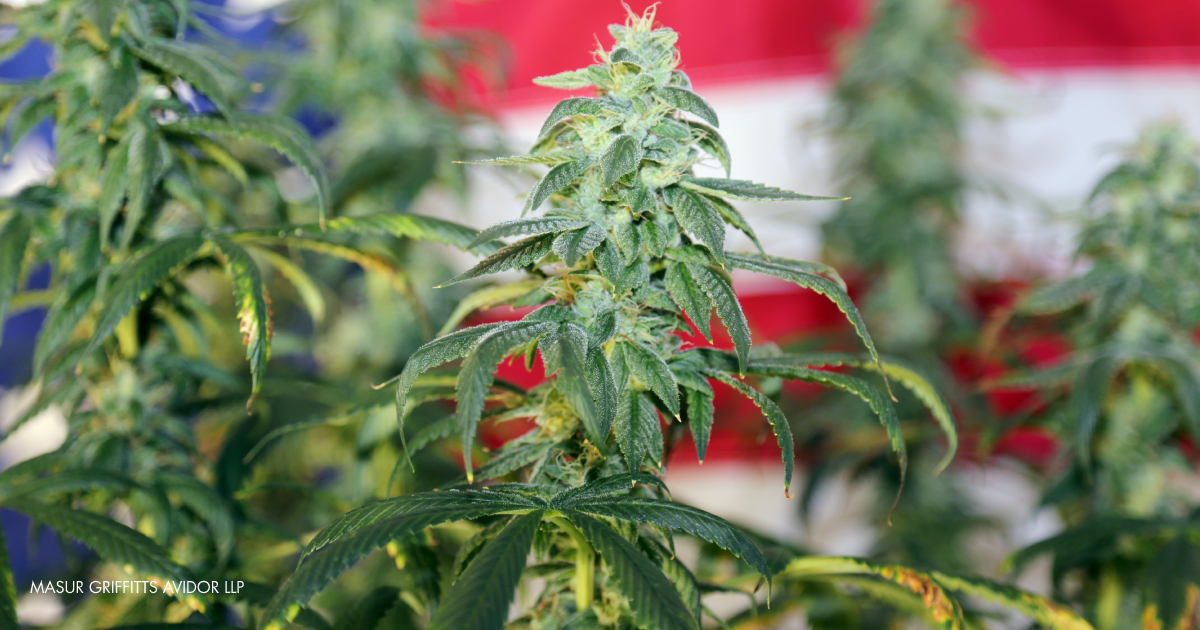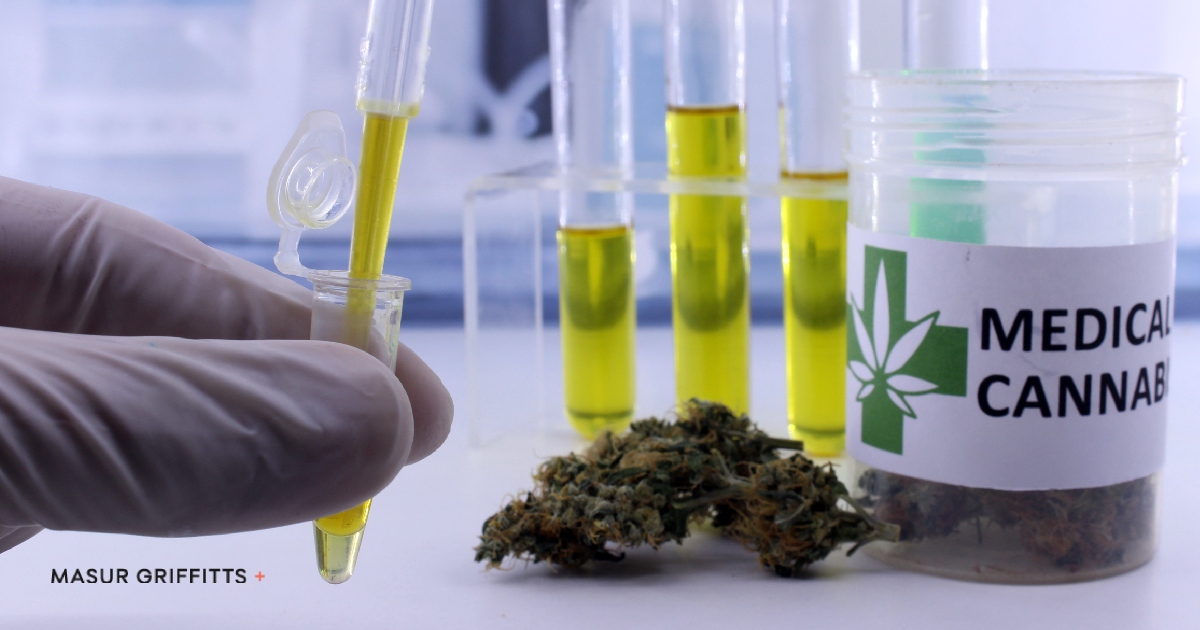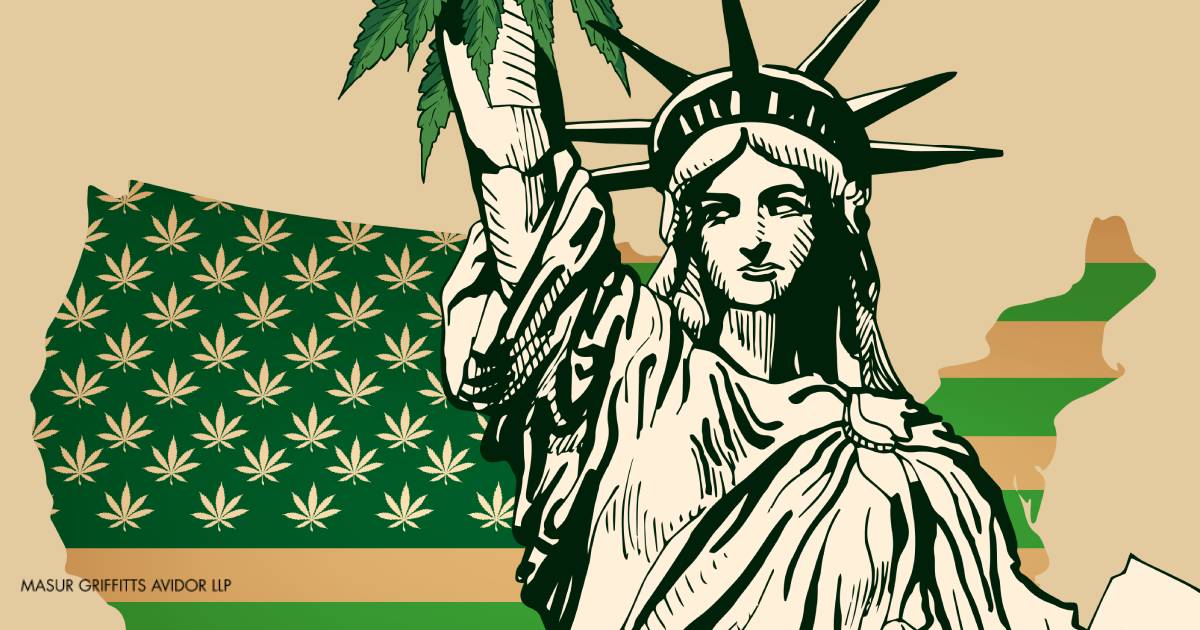Comprehensive Drug Abuse Prevention and Control Act & Cannabis
By: Rob Griffitts and Kathryn Jones
The free-spirited attitude of the 1960s counterculture, in part, fueled the crackdown of illicit substances by the following decade’s legislature. The Nixon Administration officially began its “War on Drugs” with the passing of the Comprehensive Drug Abuse Prevention and Control Act of 1970. While the act was seen by many as a means to stop the flourishing anti-establishment youth culture by outlawing marijuana, this legislation governs much more. The focus of the act is much broader than regulating marijuana and in fact sought to deal with drug use from a medical perspective, rather than a law enforcement one. With Titles II and III being added over the following years including the oft-debated Controlled Substances Act (“CSA”) and countless government-sponsored anti-drug campaigns, the Comprehensive Drug Abuse Prevention and Control Act changed America’s attitudes toward not only illicit substances but also legally manufactured drugs. With cannabis’ legal status within the CSA currently hanging in the balance, it is helpful to understand how this law came to be enacted.
During the 1960s it became clear to the country that drugs, both illicit and legal, were being abused. With the establishment of the Presidential Commission on Narcotic and Drug Abuse in 1963, work began on an all-encompassing way to tackle drug abuse and consolidate over 50 pieces of drug-related legislation. The Federal Comprehensive Drug Abuse Prevention and Control Act of 1970 was born with the goal in mind to come at the country’s drug problem from all sides. Title I focused on rehabilitation, Title II deals with the scheduling and distribution of domestic illicit substances and Title III addresses the import and export of these substances. The most divisive of the three titles is Title II.
Title II of the Federal Comprehensive Drug Abuse Prevention and Control Act of 1970, more commonly referred to as the CSA, became effective on May 1, 1971. The purpose of the CSA is to regulate and facilitate the manufacture, distribution, and use of controlled substances for legitimate purposes, and to prevent these substances from being diverted for illegal purposes. The CSA places various plants, drugs, and chemicals into one of five schedules based on the substance’s medical use, potential for abuse, and safety or dependence liability. These Schedules mimic those created by the Single Convention on Narcotic Drugs (Single Convention), an international treaty created shortly before the CSA. The CSA also provides a mechanism for substances to be controlled (added to or transferred between schedules) or decontrolled (removed from control). Importantly, the CSA is the guiding document giving authority to the Drug Enforcement Administration (“DEA”).
In 1973, President Nixon sought to create the DEA in order to combat drug abuse both at home and abroad. Like with the CSA, the goal was to consolidate the work that was previously being done by several competing agencies, making the DEA the ultimate “superagency” to enforce drug laws. Every pharmacist, manufacturer and drug company must first register with the DEA in order to legally produce and distribute drugs. The creation of the DEA brought back the law enforcement element of the “War on Drugs”. The focus once again shifted from a medical approach to a criminal justice one. The mission statement of the DEA even states first that its mission is to “bring to the criminal and civil justice system of the United States… those organizations… involved in the growing, manufacture, or distribution of controlled substances appearing in or destined for illicit traffic in the United States.” The growing heroin problem in the 1980s saw a greater need for the DEA and eventually, Congress passed the Comprehensive Crime Control Act of 1984 which enhanced penalties for CSA violations, thus making the DEA even more important in drug control.
However, as time moved on and attitudes shifted once again about drug use prevention, certain aspects of the CSA are being scrutinized, particularly the scheduling of cannabis in Schedule I. Currently, the Trump Administration is in the process of notice and comment on a proposed change that would re-schedule marijuana from the schedule containing drugs with the highest probability of misuse to a schedule in which cannabis could be researched, regulated and ultimately put in consumer products. It is clear that from the creation of the CSA in the early 1970s that it is a document which is often amended to deal with the issues surrounding drug use. One of the most glaring issues today is the competing federal and state legal statuses of cannabis. In order to do its job effectively as the guiding legislation of drug production and distribution, the CSA may have to change again.









